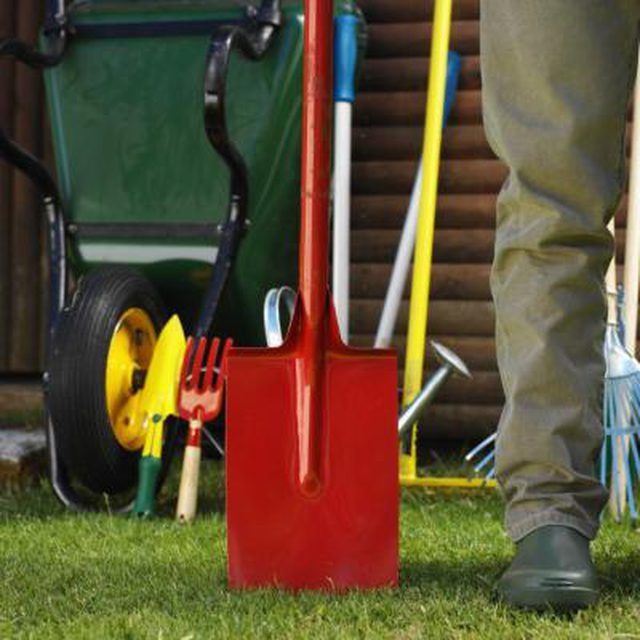Bulbs
Flower Basics
Flower Beds & Specialty Gardens
Flower Garden
Garden Furniture
Garden Gnomes
Garden Seeds
Garden Sheds
Garden Statues
Garden Tools & Supplies
Gardening Basics
Green & Organic
Groundcovers & Vines
Growing Annuals
Growing Basil
Growing Beans
Growing Berries
Growing Blueberries
Growing Cactus
Growing Corn
Growing Cotton
Growing Edibles
Growing Flowers
Growing Garlic
Growing Grapes
Growing Grass
Growing Herbs
Growing Jasmine
Growing Mint
Growing Mushrooms
Orchids
Growing Peanuts
Growing Perennials
Growing Plants
Growing Rosemary
Growing Roses
Growing Strawberries
Growing Sunflowers
Growing Thyme
Growing Tomatoes
Growing Tulips
Growing Vegetables
Herb Basics
Herb Garden
Indoor Growing
Landscaping Basics
Landscaping Patios
Landscaping Plants
Landscaping Shrubs
Landscaping Trees
Landscaping Walks & Pathways
Lawn Basics
Lawn Maintenance
Lawn Mowers
Lawn Ornaments
Lawn Planting
Lawn Tools
Outdoor Growing
Overall Landscape Planning
Pests, Weeds & Problems
Plant Basics
Rock Garden
Rose Garden
Shrubs
Soil
Specialty Gardens
Trees
Vegetable Garden
Yard Maintenance
How to Transplant Ground Cover Myrtle
How to Transplant Ground Cover Myrtle. Myrtle is a green-leafed ground cover that spreads by sending out runners to take root and form new plants. It’s also known as Vinca minor or periwinkle, for the cheerful blue flowers the plant forms each spring. Gardeners often choose a myrtle ground cover because it spreads rapidly over slopes and...

Myrtle is a green-leafed ground cover that spreads by sending out runners to take root and form new plants. Itís also known as Vinca minor or periwinkle, for the cheerful blue flowers the plant forms each spring. Gardeners often choose a myrtle ground cover because it spreads rapidly over slopes and hills to block out weeds and grasses. Its spread pattern is dense at the top, but open enough near the ground to allow for interplanting of spring-flowering bulbs and other perennials.
Things You'll Need
Garden spade
Garden gloves
Watering can or hose
Compost
Select an open area that will allow the myrtle to reproduce rapidly by sending out its shoots undisturbed. Myrtle likes a little shade and will grow vigorously to about 6 inches high in moist soil.
Till the soil to about 8 inches deep. If planting under a tree or established shrubs, reduce the planting depth to 2 or 3 inches to avoid damage to tree or shrub roots. Myrtle may produce fewer flowers when planted in tree shade.
Dig a small hole for each myrtle transplant. Space the holes about six inches apart, in a zigzag pattern.
Work a handful of compost into the soil with each transplant hole you dig. Water the soil well.
Transplant a myrtle plant into each hole so that its roots are covered. Tamp soil firmly around the plant, then water it.
Loosen the soil between transplant holes with spade. Sprinkle a handful of compost on the loosened soil to help nourish the new plants that will shoot out from the transplants -- myrtle roots can grow wherever they touch the soil.
Give your new transplants at least an inch of water a week until they are fully established. Water them more frequently in dry weather.
Tips & Warnings
In moderate and warm climates, transplant myrtle from rooted cuttings year-round. Wait until spring if you live in a region with harsh winters. This gives your plants most of the year to take root and grow stronger before the cold weather strikes. Within a year, your entire planting area should be filled in with new myrtle ground cover.
Myrtle can become invasive because it spreads quickly. Avoid transplanting myrtle where it can interfere with established flower beds.